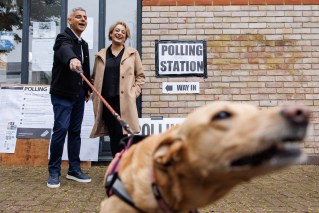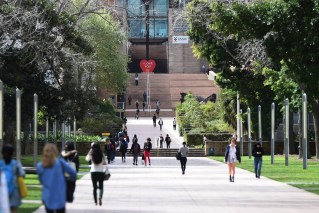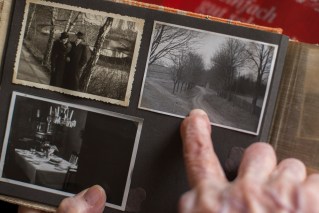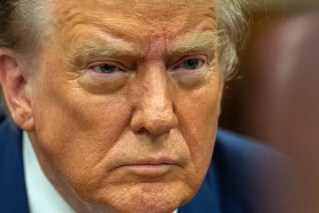Call for regulation overhaul as gun theft doubles since 2007
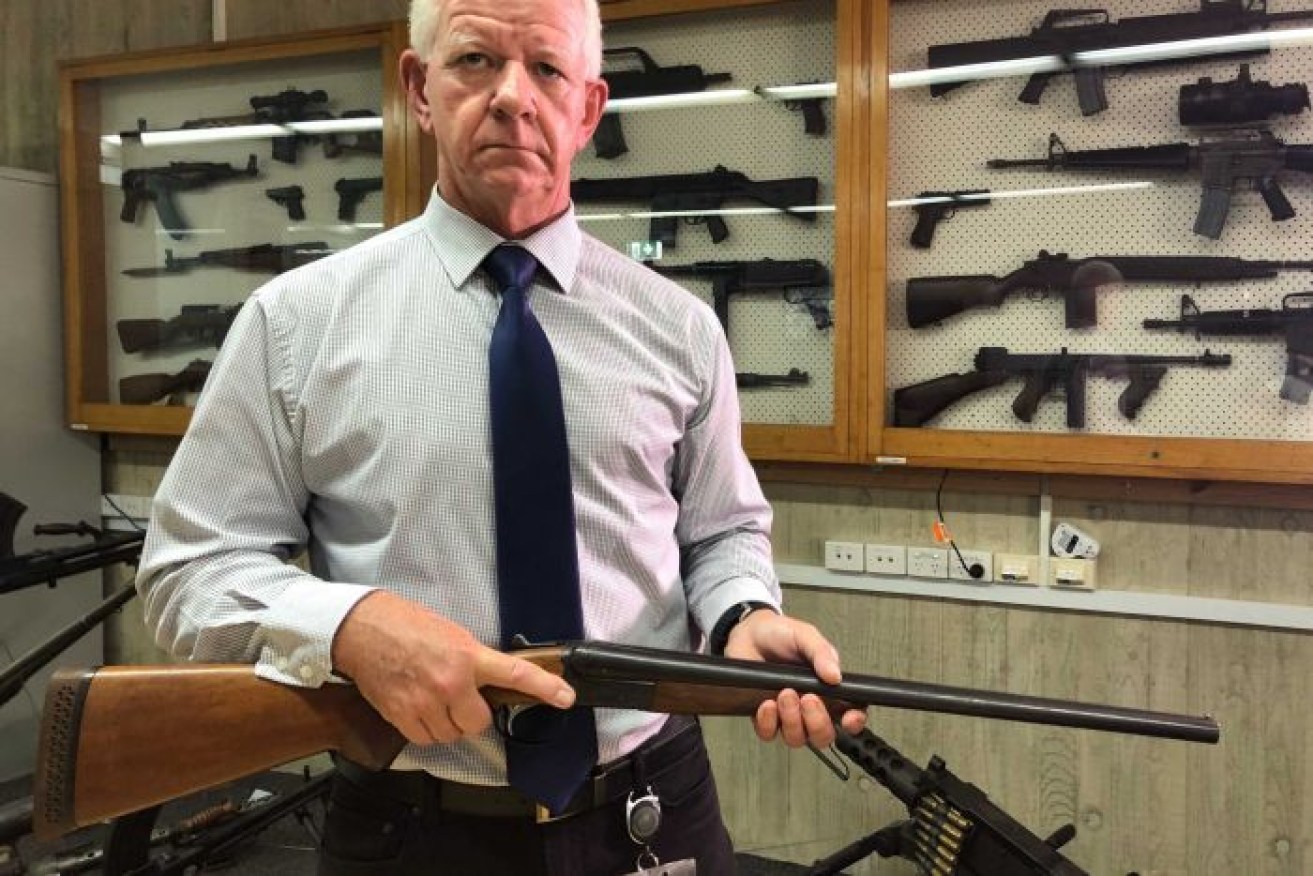
SW firearm squad commander Peter McErlain says there has been an increase in the theft of long arms from rural properties. Photo: ABC
The number of firearms stolen across Australia has almost doubled in the past decade, according to new figures.
The data, obtained by lobby group Gun Control Australia (GCA) under Freedom of Information (FOI) laws, reveal that almost 27,000 firearms have been reported as stolen across the country between 2007 and 2017.
The figures show that the number of gun thefts has increased from just over 1700 in 2007-8 to nearly 3300 in 2016-17.
Hunting rifles account for the majority of firearms stolen, followed by handguns.
Most are registered firearms stolen from private homes and farms and most are never recovered. Many of the guns end up on the illegal market, in the hands of criminals.

Australia’s gun buy back and amnesties had initially reduced the availability of guns in the community, but now thefts are increasing. Photo: AAP
Gun Control Australia says the national figure of 27,000 is conservative, because gun theft is under reported.
NSW had the largest number of stolen guns, at 6651 in the past decade, with 761 stolen in 2016-17 alone.
In Victoria, Queensland and Western Australia, the number of firearms stolen has more than doubled over 10 years.
Tasmania, with only 2 per cent of Australia’s population, accounts for 9 per cent of gun thefts – a total of 2,084.
In South Australia, the number of stolen guns decreased over the decade, but data for three years, between 2009 and 2012, was unavailable.
The ACT, with a total of 158 gun thefts, and the Northern Territory, with 175, both recorded small increases.
GCA chair Sam Lee said no government body was monitoring, researching or tracking gun theft in Australia.
“GCA had to FOI each jurisdiction separately in order to obtain the stolen firearm figures,” she said.
A national database system is non-existent, even though such a system was agreed to back in 1996 as part of the National Firearms Agreement.”
She said despite legislation requiring owners to store firearms safely, the figures suggested those requirements were not being met.
Ms Lee said the Prime Minister should call a meeting of state and territory leaders to address outdated storage requirements and the lack of monitoring and tracking of firearms.
GCA also wants a cap on the number of guns that can be owned by an individual.
“In most states there are licensed gun owners with more than 50 guns. In NSW there is an individual who owns 312 guns. It’s a rainbow of gold, really, when there’s 300 firearms stored in a home. It’s just a honeypot for thieves,” she said.
A spokesman for Prime Minister Malcolm Turnbull declined to answer questions about whether he would consider GCA’s suggestions, instead referring the ABC to his past comments on gun control, including:
“Australia’s experience in gun law reform, of course undertaken so courageously and effectively by John Howard more than 20 years ago, is a very powerful demonstration of the success of our policies.”
Rural areas providing opportunities for thieves
NSW Police Firearm Squad Commander, Detective Superintendent Peter McErlain, told the ABC he agreed with the idea of a national database to track the life of firearms.
“There’s a lot of inconsistencies in other jurisdictions about how firearms are tracked, how they’re licensed and how they’re there they’re traced, through criminality as well.
“So I agree that there needs to be a lot more consistency around the legislation, around the regulations, around the licensing of firearms.”

Handguns are favoured by criminals. Photo: Getty
Superintendent McErlain said that while gun theft numbers had decreased in city areas, he had noticed an increase in the theft of long arms from rural properties.
“Rural areas we know provide vulnerabilities and they provide great opportunities for thieves to take the firearms,” Superintendent McErlain said.
“Often the occupants are away for long periods of time which gives them a lot more time to break into firearm safes and and take take weapons. Often the occupants are out, kilometres from their properties for some time which gives them a lot more opportunity”.
Superintendent McErlain said handguns were the firearm of choice for serious organised criminals, because they were easy to conceal, while rifles were often used in gang violence and robberies.
“Intelligence suggests that criminals do trade rifles for other commodities such as drugs. They do trade them for cash obviously and some store those particular weapons for what I’d call a rainy day. And that might include gang violence or selling them off for other benefit”.
He urged licenced gun owners to store their firearms responsibly.
Gun owners should not be penalised for criminal actions
Jack Wegman, CEO of Sporting Shooters Association (Victoria), said the public should not be concerned about the doubling of stolen firearms over the past decade, because the figures represented less than one per cent of the number of registered firearms in Australia.
“There has also been a natural growth in firearm ownership anyway over the last ten years and that needs to be factored in as well,” he said.
According to the Australian Institute of Criminology, there are 3.2 million firearms in Australia owned by 816,000 registered owners.
In 2007, there were 2.4 million firearms, owned by 731,000 individual licensed owners.
Mr Wegman said in his state of Victoria, up to 20 per cent of items were wrongly categorised as firearms.
“Glue guns, grease guns, nail guns, hammer guns, BB guns, pop guns, imitation guns and if you include air rifles in there, it is at the 20 per cent,” he said.
He acknowledged that guns were dangerous in the wrong hands, but said gun owners should not be penalised for the actions of criminals.
“I’m very concerned, representing this association, that we don’t end up blaming the victim. That somehow you penalise the owners of firearms because they’ve been a victim of a crime. And by that I mean imposing very onerous storage requirements,” Mr Wegman said.
He also opposed the idea of a cap on the number of firearms per individual licensed owner.
–ABC

